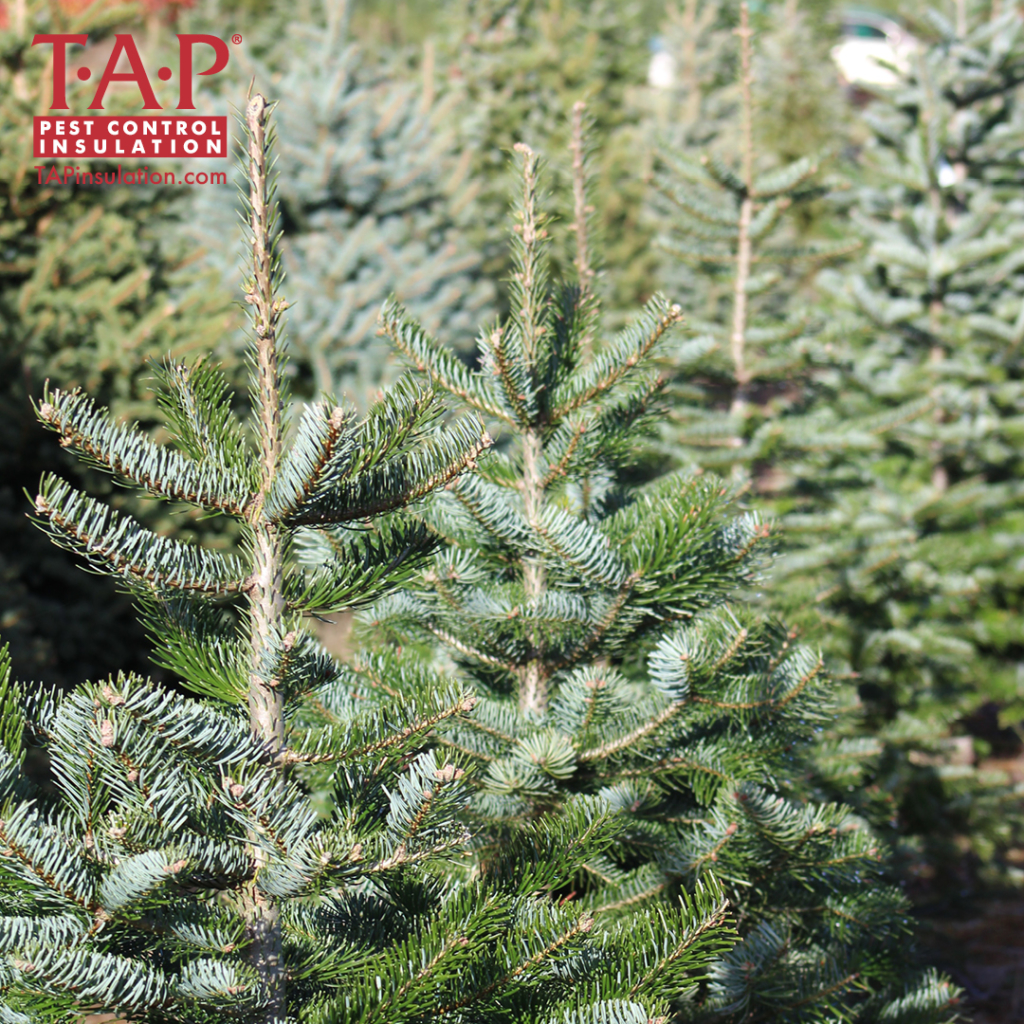
Ahh…the sights and sounds of the holidays are upon us. Along with freshly baked goods, visits from loved ones, and all the hustle and bustle of shopping and holiday parties, one holiday staple can bring a less than ‘merry and bright’ sentiment to the season. Wait! Is your Christmas tree moving? While rare, your Christmas tree has the potential to bring unwanted house guests home for the holidays.
The Culprits
There are many types of insects that feed on pine trees and evergreens. There are also several species which prefer to overwinter in these beloved icons of festivity. Who wants an insect crawling across their ginger bread house or nesting in a stocking hung on the mantle? No one…ever.
Insects like aphids, pine bark adelgids, and psocids are the most common to nest in evergreen trees. Each of these, however, do not survive long once the tree is placed in your home. Bark Beetles tend to bore into the tree’s trunk for the winter. Rest assured that they prefer the dry wood instead of the treated wood found in your home and furniture.
Nests in trees also bring a host of critters such as bird mites and parasites. Ghastly spiders, with the exception of the Black Widow and Brown Recluse, also tend to seek shelter in trees. Typically, these pose no threat to your family or your pets. They simply don’t pair well with Bing Crosby and Andy Williams.
Good News for the Holidays
There is some good news. Many of the bugs that frequent trees used for Christmas are not equipped to survive the warm and dry climates of your residence. And, unlike cockroaches and termites, many of them don’t pose a threat to your home or tend to bite the home’s occupants. It is more the unsightly presence of them that sends grinch-like shivers down our warm and toasty spines.
Avoid the Nightmare Before Christmas
1. Visually inspect the live tree while on the lot prior to placing it in your truck or automobile. Remove any nests or debris that is found naturally in the wild.
2. When purchasing from a live tree farm, ask to use the tree shaker to remove additional debris and serve insects with their eviction notice.
3. If you are concerned, ask your pest management professional to inspect the tree to offer you a silent night and calm mind.
4. Avoid using a pesticide, particularly an aerosol version, on your tree as these are highly flammable and adds a new meaning to chestnuts roasting on an open fire.
While many people prefer the smells and feels of a live tree in their home for the holidays, artificial trees tend not to have insects unless they are stored in areas such as the attic, garage, our storage shed where insects frequent. Taking the steps to protect your tree helps you know that there is no place like home for the holidays.
Contact us if your Christmas tree is moving or if you have any questions regarding insects in your attic and how to protect your home from pests.

